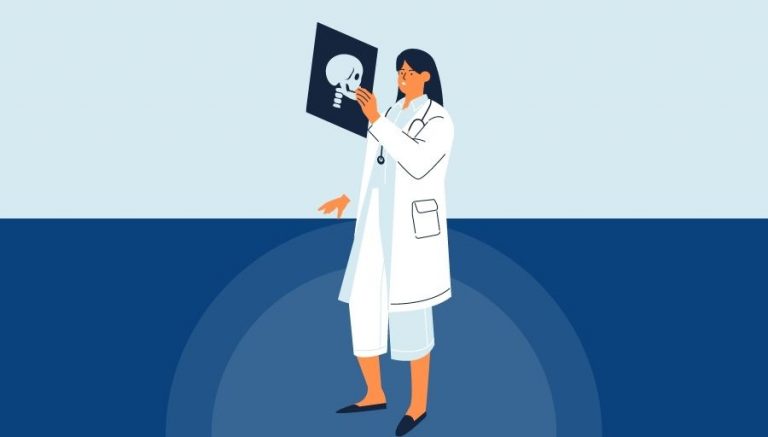How To Use CPT Code 43235
CPT 43235 describes the procedure of esophagogastroduodenoscopy (EGD), which involves the insertion of a flexible endoscope through the mouth and down into the esophagus, stomach, and duodenum for diagnostic purposes. This article will cover the description, official description, procedure, qualifying circumstances, appropriate usage, documentation requirements, billing guidelines, historical information and billing examples.
1. What is CPT Code 43235?
CPT 43235 is used to describe the procedure of esophagogastroduodenoscopy (EGD), which is a diagnostic examination performed by a healthcare provider. During this procedure, a flexible endoscope is inserted through the patient’s mouth and passed through the pylorus into the duodenum. The provider inspects the structures and may collect specimens for further analysis by brushing or washing the area with a saline solution.
2. Official Description
The official description of CPT code 43235 is: ‘Esophagogastroduodenoscopy, flexible, transoral; diagnostic, including collection of specimen(s) by brushing or washing, when performed (separate procedure).’ This code should not be reported in conjunction with other specific codes listed in the notes section.
3. Procedure
- The healthcare provider administers anesthesia to the patient.
- A flexible endoscope is inserted through the patient’s mouth and passed through the pylorus into the duodenum.
- The provider inspects the structures of the esophagus, stomach, and duodenum.
- If necessary, the provider collects specimens for microscopic analysis by brushing or washing the area with a saline solution.
- After completing the procedure, the endoscope is withdrawn.
4. Qualifying circumstances
CPT 43235 is performed on patients who require diagnostic evaluation of the esophagus, stomach, and duodenum. This procedure is typically performed by a healthcare provider who is trained in performing EGDs. It is important to note that CPT 43235 should not be reported with specific codes listed in the notes section.
5. When to use CPT code 43235
CPT code 43235 should be used when a healthcare provider performs a diagnostic esophagogastroduodenoscopy using a flexible endoscope. This code is appropriate for cases where the provider collects specimens by brushing or washing the area, if necessary. It is important to review the notes section to ensure that CPT 43235 is not reported in conjunction with other specific codes.
6. Documentation requirements
To support a claim for CPT 43235, the healthcare provider must document the following information:
- Patient’s diagnosis or reason for performing the procedure
- Details of the procedure, including the use of a flexible endoscope and any specimen collection by brushing or washing
- Date and duration of the procedure
- Any additional findings or observations made during the procedure
- Signature of the healthcare provider performing the procedure
7. Billing guidelines
When billing for CPT 43235, ensure that the procedure is performed by a qualified healthcare provider and that the documentation supports the use of a flexible endoscope and any specimen collection. It is important to review the notes section to determine if CPT 43235 can be reported in conjunction with other specific codes. Follow the appropriate coding guidelines and modifiers as required by the payer.
8. Historical information
CPT 43235 was added to the Current Procedural Terminology system on January 1, 1990. The code underwent a change on January 1, 2014, where it was combined with other terms to describe the EGD procedure more accurately.
9. Examples
- A gastroenterologist performing an EGD to diagnose a patient with chronic abdominal pain.
- A physician collecting specimens during an EGD to test for the presence of H. pylori bacteria in a patient with recurrent ulcers.
- A surgeon using EGD to evaluate the extent of esophageal damage in a patient with gastroesophageal reflux disease (GERD).
- A gastroenterologist performing an EGD to assess the healing progress of a patient with a history of esophageal cancer.
- A healthcare provider performing an EGD to investigate the cause of persistent nausea and vomiting in a patient.
- A physician using EGD to identify and biopsy suspicious lesions in the stomach of a patient with a family history of gastric cancer.
- A gastroenterologist performing an EGD to evaluate the effectiveness of treatment in a patient with Crohn’s disease.
- A surgeon using EGD to guide the placement of a feeding tube in a patient with difficulty swallowing.
- A healthcare provider performing an EGD to investigate the cause of unexplained weight loss in a patient.
- A gastroenterologist using EGD to assess the severity of inflammation in the esophagus of a patient with eosinophilic esophagitis.



